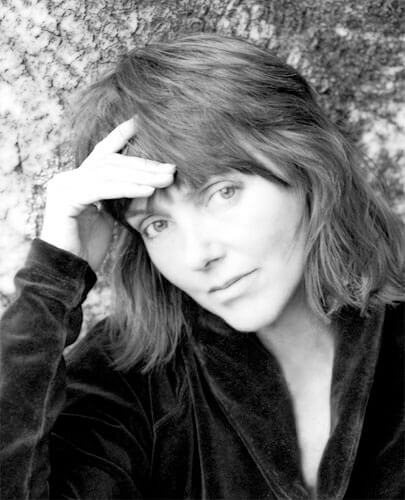San Francisco Bay Area artist, Beth Moon, has gained international recognition for her large-scale, richly toned platinum prints. Since 1999, Moon’s work has appeared in more than sixty solo and group exhibitions in the United States, Italy, England, France, Israel, Brazil, Dubai, Singapore, and Canada. Her work is held in numerous public and private collections, including the
Museum of Fine Arts, Houston, the
Museum of Photographic Arts in San Diego, and the
Fox Talbot Museum in Wiltshire, England.
In 2013,
Between Earth and Sky, the first monograph of her work, was published by Charta Art Books of Milan. In 2014, Abbeville Press published,
Ancient Trees: Portraits of Time, with a third book to follow that same year from Galerie Vevais, La Lange Verte. Moon studied fine art at the University of Wisconsin before moving to England where she experimented with alternative photographic processes and learned to make platinum prints.
Source: www.vervegallery.com
Beth Moon was born in Neenah, Wisconsin and studied fine art at the University of Wisconsin. Classes in painting, life drawing, sculpture, and design would set the groundwork for her work in photography, which was to come years later. Moving to England, a country with a love for all things arboreal, gave her a fresh look at a land that boasts the largest concentration of ancient trees. Inspired by these trees she decided to make a series of their portraits. Unhappy with the photographic tonality and stability of ink-jet printing, she started to experiment with alternative printing processes, learning platinum/palladium printing, an ideal process for her vision. She concentrated on mastering this printing technique, doing all of her own printing.
“By using the longest lasting photographic process, I hope to speak about survival, not only of man and nature’s but to photography’s survival as well. For each print I mix ground platinum and palladium metals, making a tincture that is hand-coated onto heavy watercolor paper and exposed to light. There are many steps involved in creating the final print and these are as important to me as the capturing of the image," said Moon. A platinum print can last for centuries, drawing on the common theme of time and survival, pairing photographic subject and process.
Source: www.josephsaxton.com
